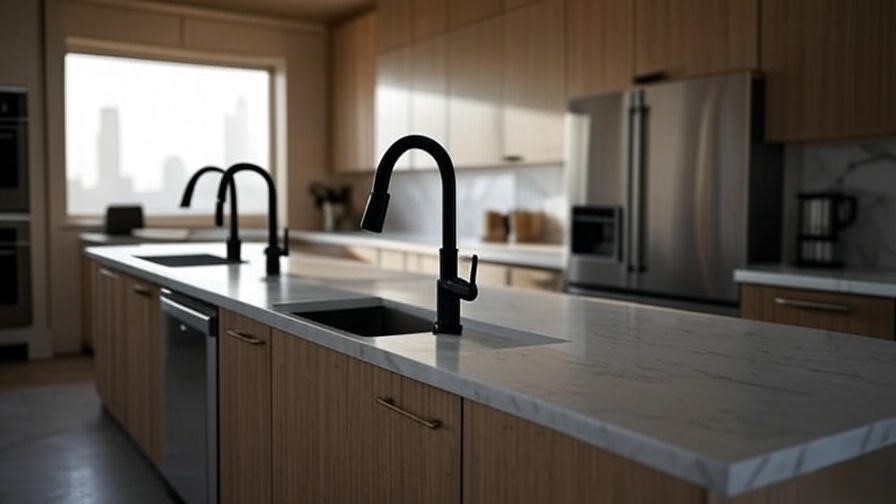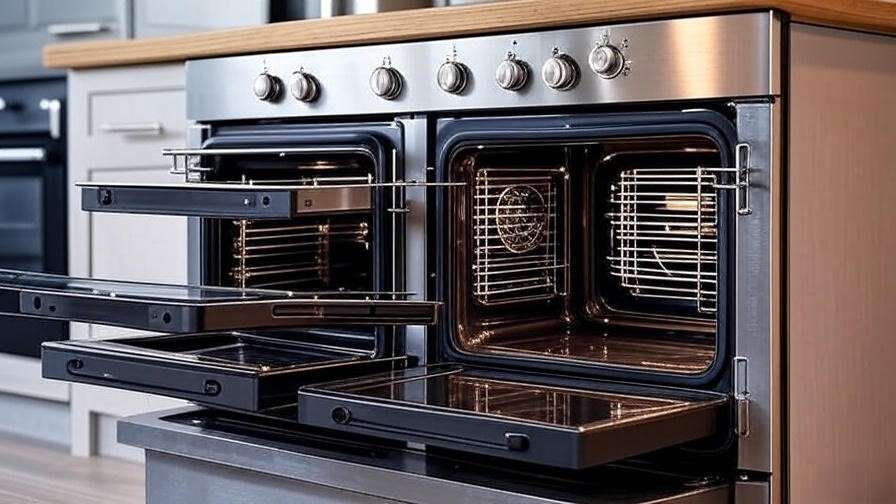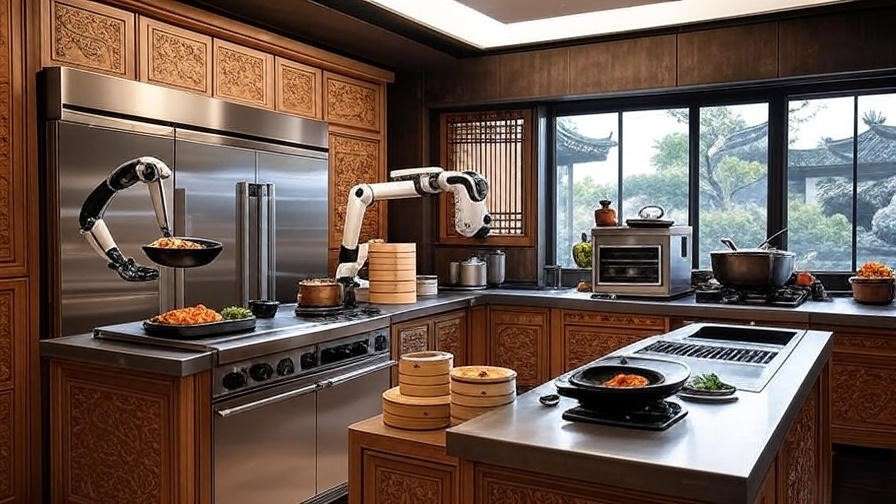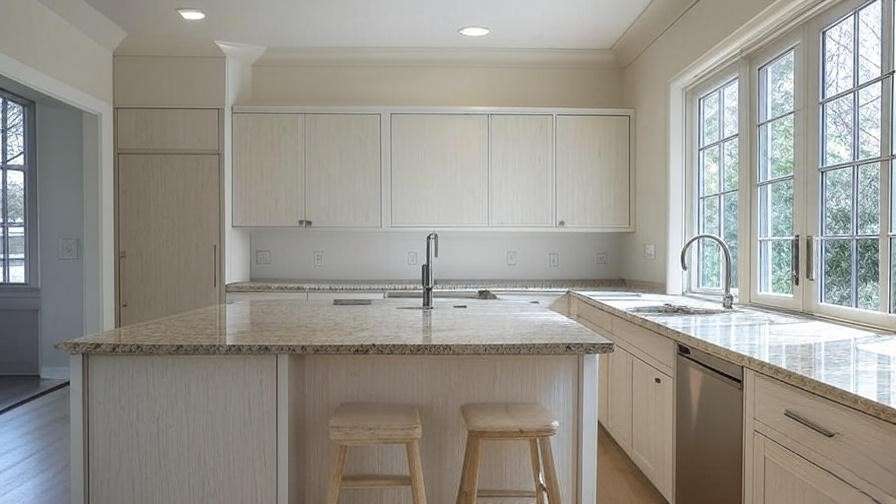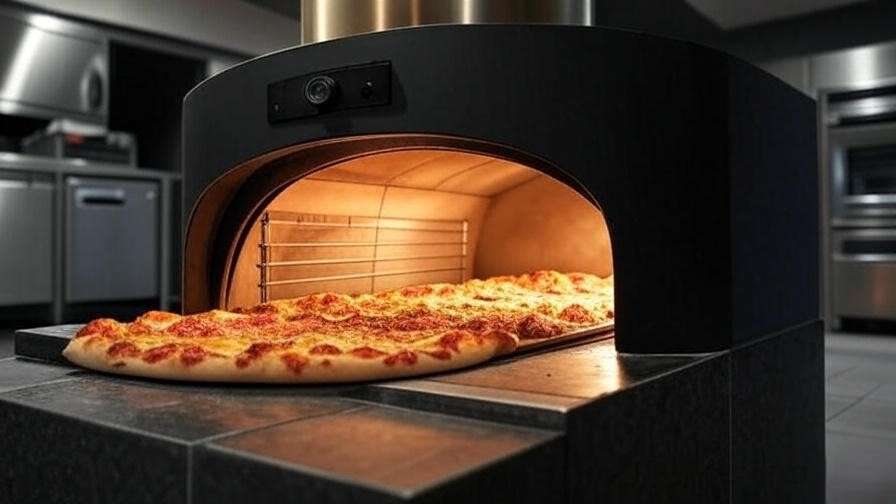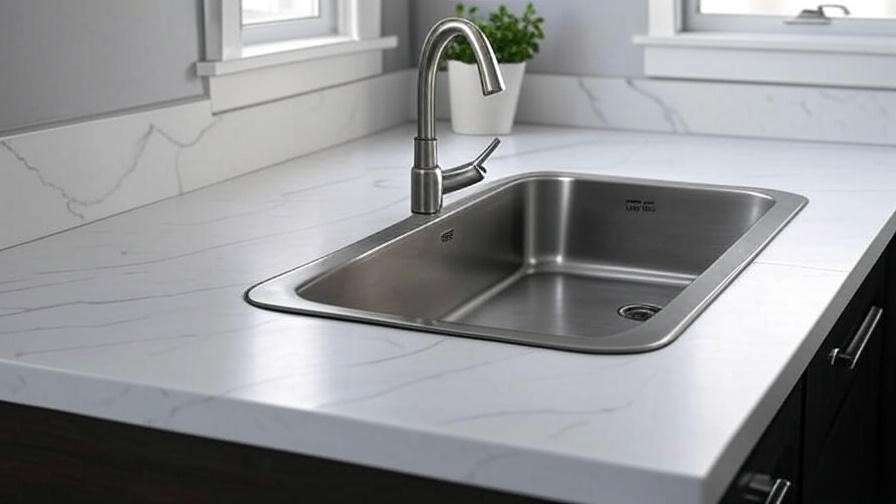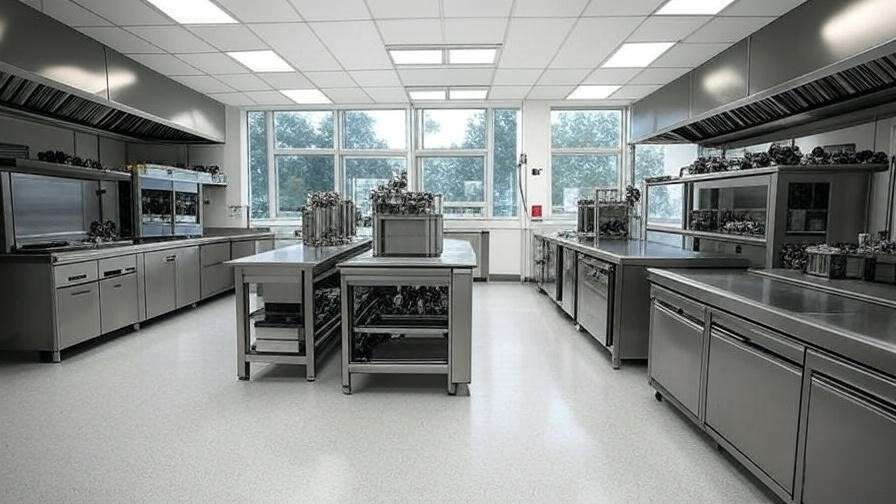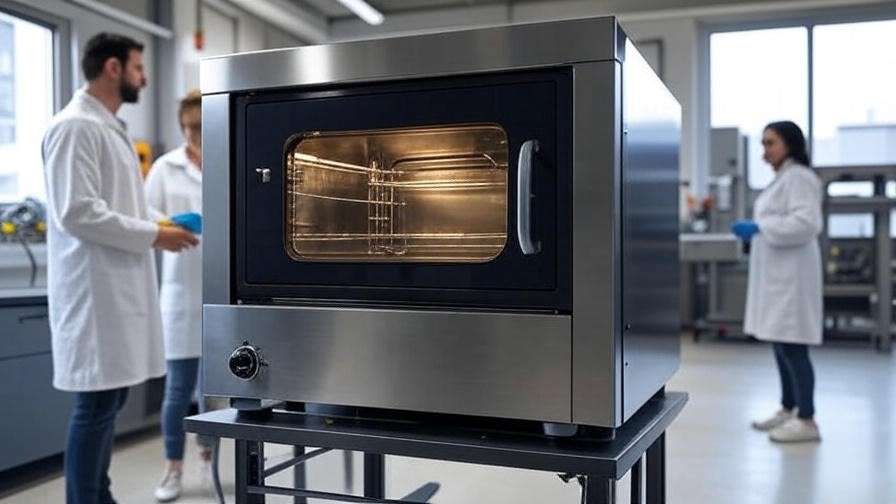Imagine a kitchen where every detail exudes sophistication and functionality, right down to the faucet. Black kitchen faucets have emerged as a cornerstone of modern kitchen design, blending sleek aesthetics with cutting-edge engineering. These fixtures are more than just a trend; they represent a fusion of style and mechanical precision, offering durability, water efficiency, and ease of maintenance. Whether you’re a homeowner seeking to elevate your kitchen or a mechanical engineering enthusiast curious about innovative plumbing solutions, this guide dives deep into why black kitchen faucets are a must-have. We’ll explore their design, technology, installation, and maintenance, grounded in engineering principles, to help you make an informed choice.
Why Black Kitchen Faucets Are a Modern Kitchen Essential
The Rise of Black Faucets in Kitchen Design
In recent years, black kitchen faucets have surged in popularity, driven by a shift toward bold, contemporary aesthetics. Unlike traditional chrome or stainless steel, black finishes offer a striking contrast that complements a range of kitchen styles—modern, industrial, minimalist, or even farmhouse. According to a 2024 survey by the National Kitchen and Bath Association, 68% of homeowners prefer matte or dark finishes for their ability to create a cohesive, upscale look. For readers searching for “black kitchen faucets,” the intent is clear: they want a stylish, functional fixture that enhances their kitchen’s appeal while meeting practical needs.![Focus Keyword: white rock chicken I have a website where I publish articles on [Plant Diet]. Please act as a subject matter expert in this field and write a compelling, SEO-optimized article title based on the given focus keyword. The title must: 1. Include the exact focus keyword 2. Be aligned with the search intent of the focus keyword 3. Be SEO-friendly and follow best practices 4. Be eye-catching and serve as a strong audience hook 5. Ensure the title solves a real problem or addresses a specific need for the audience 6. The article title must be highly necessary, engaging, and meet all the criteria to be featured in Google Discover — while staying fully aligned with the search intent of the focus keyword. Make sure the title feels natural, is relevant to my niche, and adds value for readers. Avoid clickbait. Prioritize clarity, relevance, and appeal.](https://mechtipszone.com/wp-content/uploads/2025/09/6c8c3388-e298-443b-b342-c8d0bd7dba15.jpg)
Engineering Meets Aesthetics
Black kitchen faucets are a triumph of mechanical engineering, combining form and function. Their finishes, often achieved through advanced techniques like Physical Vapor Deposition (PVD) or powder coating, are engineered for durability. PVD, for instance, involves depositing a thin, hard layer of metal compounds onto the faucet surface, enhancing resistance to corrosion, scratches, and tarnish. As Dr. Emily Carter, a materials engineer at MIT, notes, “Modern faucet finishes leverage cutting-edge coating technologies to ensure longevity without sacrificing style.” This marriage of aesthetics and engineering makes black faucets a standout choice for discerning homeowners.
Key Features of High-Quality Black Kitchen Faucets
Advanced Materials and Finishes
The backbone of any black kitchen faucet is its material and finish. Most high-quality models use stainless steel or solid brass, prized for their strength and corrosion resistance. Stainless steel, for example, has a tensile strength of approximately 500 MPa, making it ideal for withstanding daily wear. The black finish—whether matte, satin, or gloss—is typically applied using PVD or electrostatic powder coating. PVD finishes, which can last up to 10 times longer than traditional plating, are resistant to abrasion and chemical degradation, ensuring the faucet retains its sleek appearance for years.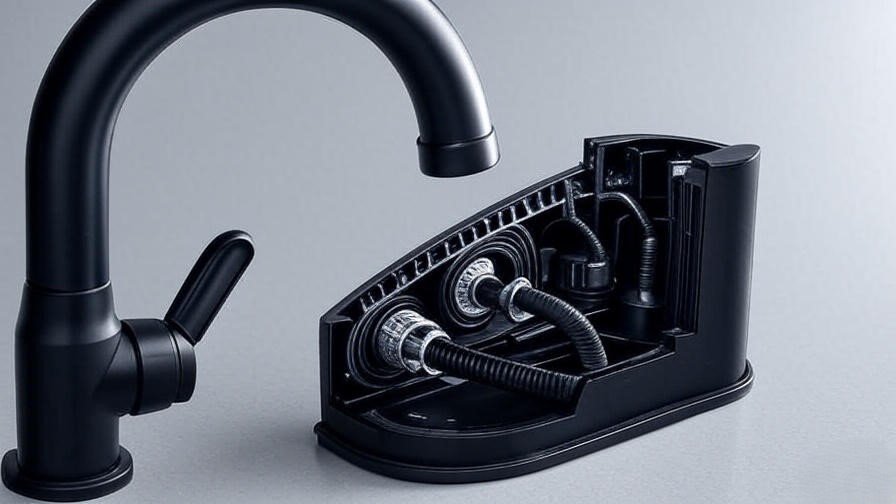
Water Efficiency and Flow Technology
Modern black kitchen faucets incorporate advanced flow technologies to optimize water usage, aligning with sustainability trends. Aerators, for instance, reduce water flow to as low as 1.5 gallons per minute (GPM) while maintaining strong pressure through precision-engineered nozzles. Many models meet EPA WaterSense standards, which require a maximum flow rate of 1.8 GPM, saving up to 20% more water than standard faucets. Pressure-compensating valves further enhance performance by maintaining consistent flow regardless of household water pressure fluctuations, a feature rooted in fluid dynamics principles.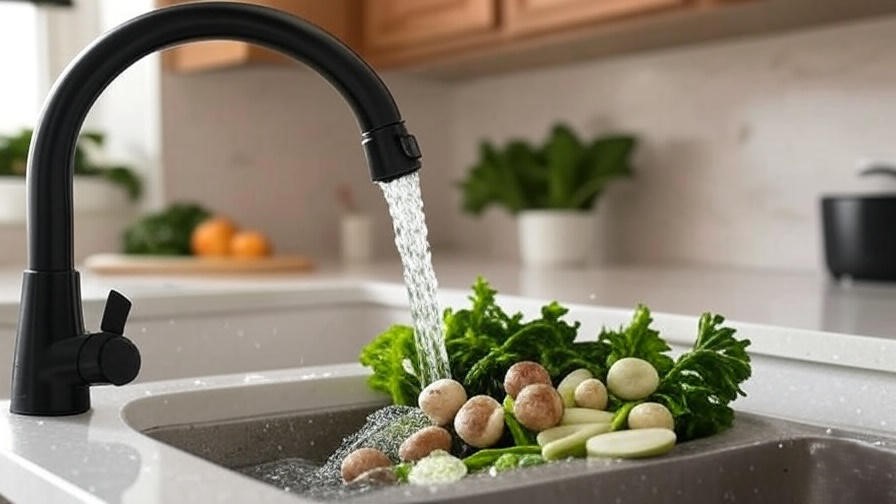
Ergonomic Design and Functionality
From pull-down sprayers to touchless sensors, black kitchen faucets are designed with user convenience in mind. Pull-down models, for example, feature flexible hoses with counterweights for smooth retraction, a design informed by mechanical engineering principles of balance and tension. Touchless faucets use infrared sensors or motion-activated valves, reducing water waste and improving hygiene. A 360-degree swivel spout, common in high-arc designs, maximizes flexibility for tasks like filling pots or cleaning large dishes. Below is a comparison of top black faucet models:
| Model | Flow Rate (GPM) | Material | Key Features |
|---|---|---|---|
| Moen Arbor | 1.5 | Stainless Steel | MotionSense, PVD Finish |
| Delta Trinsic | 1.8 | Brass | Touch2O, Magnetic Docking |
| Kohler Artifacts | 1.5 | Brass | Sweep Spray, Artifact Design |
Benefits of Choosing Black Kitchen Faucets
Durability and Longevity
Black kitchen faucets are engineered to withstand the rigors of daily use. PVD-coated models, for instance, undergo rigorous testing to ensure resistance to scratches, tarnish, and corrosion. A 2023 study by the American Society of Mechanical Engineers (ASME) found that PVD finishes on faucets have a lifespan up to 15 years longer than traditional chrome under similar conditions. This durability translates to fewer replacements, saving homeowners time and money while reducing environmental impact.
Versatility in Design
Black faucets are incredibly versatile, pairing seamlessly with various kitchen aesthetics. In a modern kitchen, they contrast beautifully with white quartz countertops or stainless steel appliances. In a farmhouse setting, they add a touch of sophistication to rustic elements like wooden cabinets. Their neutral yet bold tone makes them adaptable to color schemes ranging from monochromatic to vibrant, making them a favorite among interior designers and homeowners alike.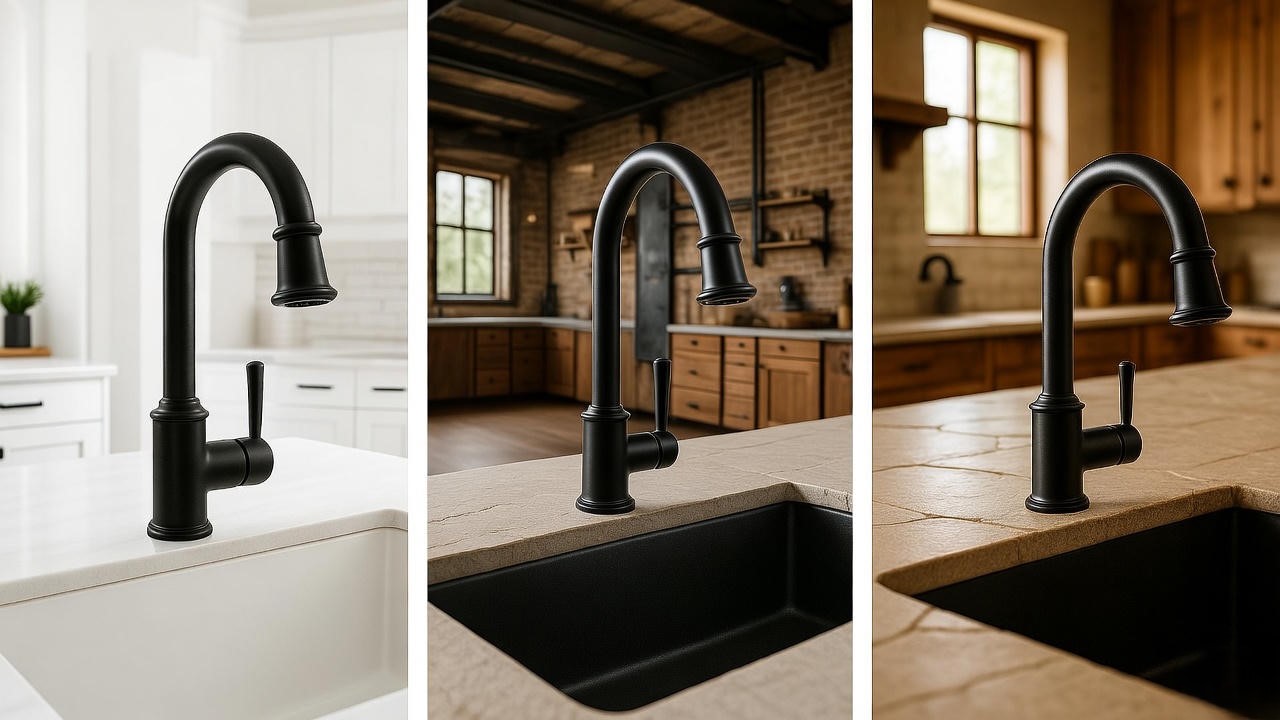
Low Maintenance and Easy Cleaning
One of the standout benefits of black kitchen faucets is their low maintenance. Unlike polished chrome, which shows water spots and fingerprints, matte black finishes are forgiving, hiding smudges effectively. To clean, simply use a soft cloth with mild soap and water, avoiding abrasive cleaners that could damage the finish. Here’s a quick cleaning guide:
- Gather Supplies: Soft cloth, mild dish soap, water, microfiber towel.
- Clean Gently: Mix a few drops of soap with warm water, dampen the cloth, and wipe the faucet.
- Rinse and Dry: Use a clean, damp cloth to remove soap residue, then dry with a microfiber towel to prevent streaks.
Engineering Considerations for Selecting a Black Kitchen Faucet
Compatibility with Kitchen Plumbing Systems
Selecting the right black kitchen faucet requires understanding your kitchen’s plumbing system. Most modern faucets are designed for single-hole or widespread installations, but older homes may have non-standard configurations. Key considerations include water pressure (typically 20-80 psi for optimal performance) and valve type. Ceramic disc valves, for example, offer superior leak resistance compared to compression valves due to their low-friction, wear-resistant design. For retrofitting, ensure the faucet’s mounting matches your sink’s pre-drilled holes (e.g., 1, 3, or 4 holes).
Installation Challenges and Solutions
Installing a black kitchen faucet requires precision to avoid damaging its engineered components. Common challenges include improper sealing or over-tightening, which can stress materials and cause leaks. Here’s a checklist for a leak-free installation:
- Tools Needed: Adjustable wrench, plumber’s tape, screwdriver, silicone sealant.
- Steps:
- Turn off the water supply and remove the old faucet.
- Apply plumber’s tape to threaded connections for a secure seal.
- Align the faucet with the sink’s mounting holes, ensuring proper gasket placement.
- Tighten mounting nuts to manufacturer-specified torque (typically 10-15 Nm).
- Connect water lines and test for leaks.
Pro Tip: Avoid over-tightening, as excessive torque can crack ceramic components or strip threads, compromising the faucet’s integrity.
Top Black Kitchen Faucet Brands and Models
Industry Leaders in Faucet Engineering
Several brands stand out for their engineering excellence in black kitchen faucets. Moen’s Arbor MotionSense model, for instance, uses infrared sensors for touchless operation, reducing water waste by 30% compared to manual faucets. Delta’s Trinsic with Touch2O technology offers precise control through touch activation, while Kohler’s Artifacts line combines vintage-inspired design with modern spray technology. These brands adhere to ASME A112.18.1 standards, ensuring reliability and performance.
Budget vs. Premium Options
For budget-conscious buyers, options like the WEWE Single Handle (around $80) offer solid brass construction and a matte black finish at a fraction of the cost. Premium models, such as the Kohler Artifacts ($500+), include advanced features like magnetic docking and ceramic valves, backed by lifetime warranties. While budget faucets may lack some advanced features, they still meet basic WaterSense standards, making them a practical choice for smaller households.
| Category | Model | Price | Pros | Cons |
|---|---|---|---|---|
| Budget | WEWE Single Handle | ~$80 | Affordable, Durable Finish | Limited Spray Options |
| Premium | Kohler Artifacts | ~$550 | Advanced Spray, Lifetime Warranty | Higher Cost |
Installation and Maintenance Best Practices
Step-by-Step Installation Guide
Installing a black kitchen faucet is a manageable DIY project with the right approach. Here’s a detailed guide:
- Preparation: Turn off water supply lines and clear the sink area. Gather tools: adjustable wrench, plumber’s tape, screwdriver, and a bucket for drips.
- Remove Old Faucet: Disconnect water lines and remove mounting nuts. Clean the sink surface to ensure a smooth installation.
- Install New Faucet: Position the faucet in the sink’s mounting holes, securing it with gaskets and nuts. Apply plumber’s tape to threads for a watertight seal.
- Connect Water Lines: Attach hot and cold lines, ensuring proper alignment to avoid stress on fittings.
- Test and Adjust: Turn on the water supply, check for leaks, and adjust connections as needed.
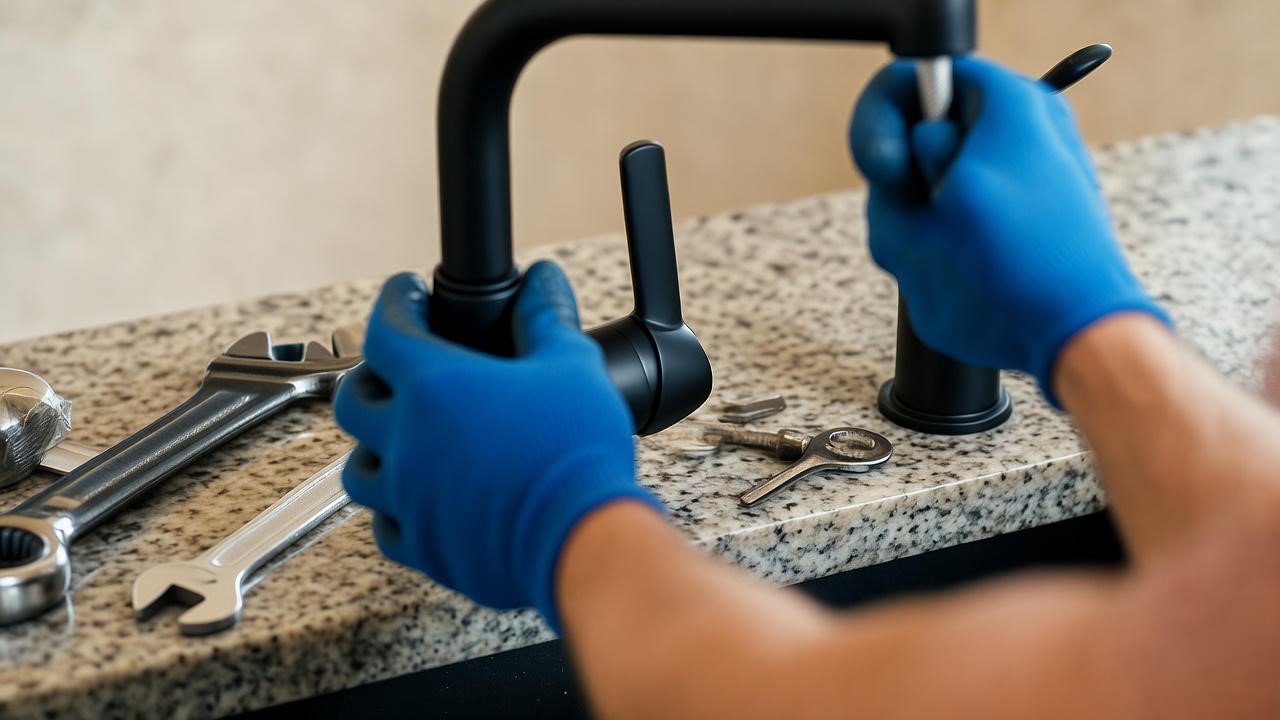
Maintenance Tips for Longevity
To maintain a black kitchen faucet’s performance and appearance, follow these tips:
- Regular Cleaning: Clean weekly with mild soap and a soft cloth to prevent buildup.
- Inspect Components: Check O-rings and cartridges annually for wear, replacing them if needed to prevent leaks.
- Address Mineral Buildup: Soak the aerator in vinegar monthly to remove calcium deposits, ensuring optimal flow.
Pro Tip: Use a torque wrench during maintenance to apply consistent force, preventing damage to precision-engineered components.
Addressing Common Concerns About Black Kitchen Faucets
Are Black Faucets Prone to Fading or Scratching?
A common concern among homeowners is whether black kitchen faucets are susceptible to fading or scratching. Modern engineering dispels these myths. Advanced finishes like Physical Vapor Deposition (PVD) create a hard, durable surface with a Mohs hardness rating comparable to sapphire (around 9). This makes them highly resistant to scratches and chemical degradation. According to a 2024 study by the Materials Research Society, PVD-coated faucets showed less than 5% wear after 10 years of simulated use, compared to 20% for traditional chrome finishes. Proper care, such as avoiding abrasive cleaners, ensures the finish remains pristine.
Do Black Faucets Match All Kitchen Styles?
Another frequent question is whether black kitchen faucets suit diverse kitchen aesthetics. Their versatility is a key strength. In contemporary kitchens, a matte black faucet pairs elegantly with sleek stainless steel appliances or glossy white cabinetry. In industrial designs, it complements exposed brick or concrete countertops. Even in traditional settings, black faucets add a modern twist to classic elements like butcher block or ceramic sinks. Interior designer Sarah Thompson, with over 15 years of experience, notes, “Black faucets act as a neutral anchor, enhancing any palette without overwhelming it.” For inspiration, consider pairing a black faucet with a farmhouse sink for a timeless yet bold look.
Environmental and Sustainability Considerations
Water-Saving Technologies
Black kitchen faucets are at the forefront of sustainable engineering, incorporating water-saving technologies that align with environmental goals. Low-flow aerators, for instance, reduce water usage to as low as 1.5 gallons per minute (GPM) without sacrificing performance. This is achieved through precision-engineered nozzles that optimize flow patterns, a concept rooted in fluid mechanics. Many models comply with EPA WaterSense standards, which mandate a maximum flow rate of 1.8 GPM, resulting in up to 700 gallons of water saved annually per household. Touchless faucets further enhance efficiency by activating only when needed, reducing waste by up to 30%, according to Delta Faucet’s 2023 sustainability report.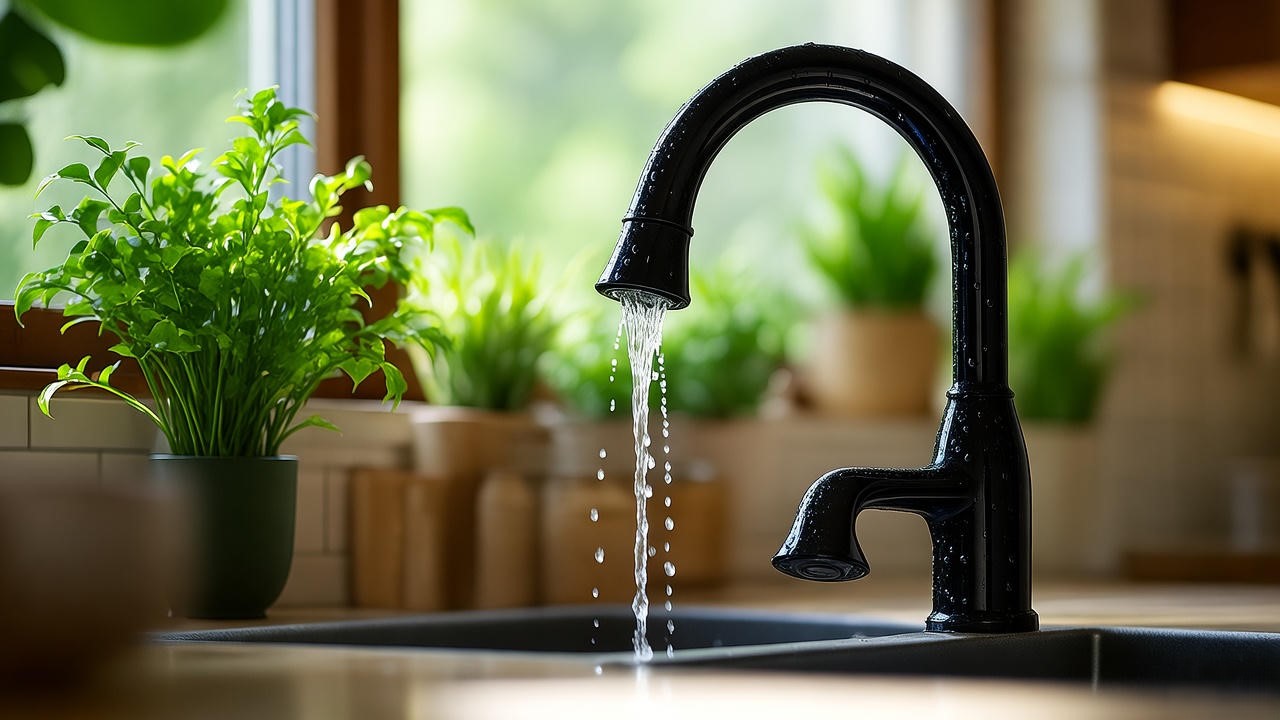
Sustainable Manufacturing Practices
Beyond performance, some manufacturers prioritize eco-friendly production. Brands like Kohler and Moen use recyclable materials like brass and stainless steel, which have a lower environmental footprint than plastic composites. Additionally, companies are adopting energy-efficient manufacturing processes, such as closed-loop water systems in PVD coating facilities, reducing waste by 40% compared to traditional methods. For environmentally conscious consumers, choosing a black faucet from a brand with a sustainability focus supports both style and planetary health. Look for certifications like ISO 14001, which indicates adherence to environmental management standards.
FAQs About Black Kitchen Faucets
How Do I Clean a Black Kitchen Faucet Without Damaging the Finish?
Cleaning a black kitchen faucet is straightforward but requires care to preserve its engineered finish. Use a soft cloth with mild dish soap and warm water, wiping gently to remove smudges. Rinse with a clean, damp cloth and dry with a microfiber towel to prevent streaks. Avoid abrasive cleaners or scouring pads, which can damage PVD or powder-coated surfaces. For stubborn stains, a 1:1 vinegar-water solution can be applied briefly, followed by thorough rinsing.
Are Black Kitchen Faucets More Expensive Than Other Finishes?
Black kitchen faucets vary in price, much like other finishes. Budget models start at $80-$150, while premium options with advanced features like touchless technology or high-arc spouts can exceed $500. A 2024 market analysis by Consumer Reports found that black finishes are priced comparably to chrome or brushed nickel, with an average cost difference of less than 10%. The price reflects engineering quality, such as ceramic valves or PVD coatings, rather than the color itself.
Can I Install a Black Kitchen Faucet Myself, or Do I Need a Professional?
DIY installation is feasible for most black kitchen faucets, especially single-hole models, provided you follow manufacturer guidelines. The process requires basic tools (wrench, plumber’s tape, screwdriver) and mechanical precision to avoid leaks. However, complex installations, such as those involving widespread faucets or older plumbing systems, may benefit from professional expertise to ensure proper alignment and sealing. A licensed plumber typically charges $100-$200 for installation, a worthwhile investment for challenging setups.
Do Black Faucets Show Water Spots or Fingerprints?
Contrary to common assumptions, black kitchen faucets, particularly those with matte or PVD finishes, are less prone to showing water spots and fingerprints than polished chrome. The textured or low-gloss surface diffuses light, masking smudges effectively. Regular cleaning, as outlined above, keeps the faucet looking pristine with minimal effort.
Conclusion
Black kitchen faucets represent the pinnacle of engineering and design, offering a perfect blend of style, durability, and functionality. From their advanced PVD finishes to water-saving technologies, these fixtures are engineered to meet the demands of modern kitchens while enhancing aesthetic appeal. Whether you’re upgrading a contemporary space or adding a bold accent to a traditional one, a black faucet delivers unmatched versatility and performance. By understanding their features, installation requirements, and maintenance needs, you can choose a model that aligns with your kitchen’s unique needs. Explore top brands like Moen, Delta, or Kohler, and consider consulting a professional for seamless installation. Have a question or experience to share? Let us know in the comments—what’s your favorite feature of black kitchen faucets?

